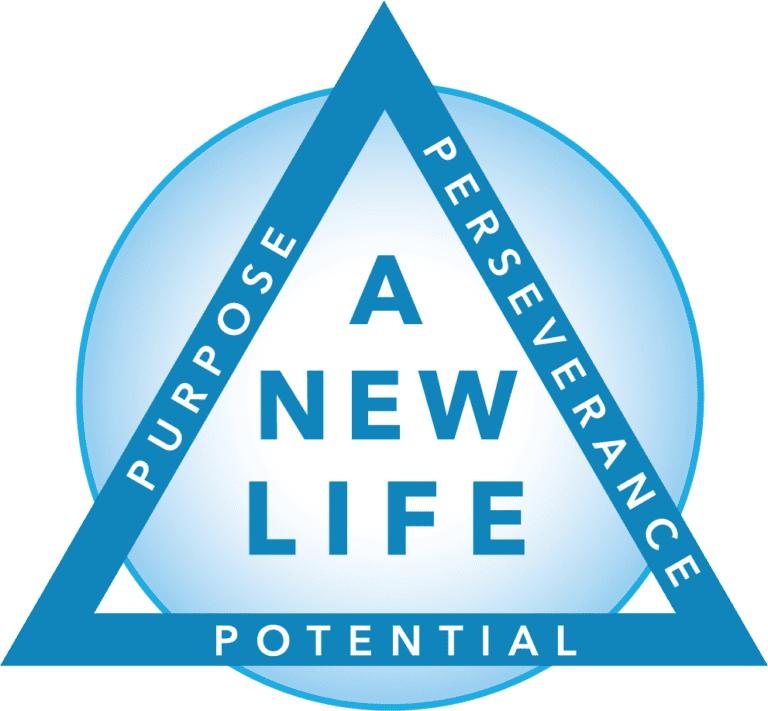Cravings and urges are issues that those in recovery often face. These issues can sometimes lead to a relapse if not handled properly. Here, we will share a few helpful ways to deal with cravings and urges that people may experience on their way toward living a life of sobriety.
Comprehending Cravings and Urges
Craving versus Urges: It is essential to differentiate between cravings, which are solid longings for substances, and sudden desires to use substances, which are known as urges, to establish viable handling mechanisms.
Triggers: The first stage of controlling cravings depends on one’s ability to identify triggers such as stress or environmental stimuli like social settings.
Mindfulness Techniques: A Closer Look
Mindful Breathing:
Start by finding a comfortable seated position; if you can close your eyes, do so.
Direct your concentration towards feeling your breaths coming in and going out through your body.
Take notice when you breathe, even if it is only air flowing into your nose or the rise/fall of your abdomen.

Body Scan Meditation:
Locate a place where you can quietly stretch out on your back comfortably.
Close your eyes and bring awareness into the body, starting at the feet and working up the body toward the head.
Look for any sensations or areas that feel tight while moving from one body part to another.
Mindful Eating:
Choose something small you could hold on hand, say a raisin or fruit slice, among others.
Take a few seconds to really “feel” (with all senses) what this food feels like in its shape, color, or texture before placing it into your mouth.
Now, please put it in your mouth and notice how it tastes without rushing, but chew slowly for some time before swallowing.
Mindful Walking:
Find somewhere peaceful outdoors where you can move unhurriedly without distractions.
First, start concentrating on each foot that touches the ground and on the soles of your feet when you are walking.
Feel each step, shift of weight, and body motion.
Mindful Observation:
It could be anything in your present surroundings, like flowers, candles, or even art.
Before examining its texture, take a minute to scrutinize it, from its shape to color.
Look at the object as if you have never seen it before, and do not name it or judge it in any manner.

Distraction Techniques
Engaging Hobbies: This is where people are encouraged to take up hobbies and activities that they enjoy, which will help distract them from craving drugs. It does not matter what they involve themselves with as long as they derive some enjoyment; this will divert their minds from getting fixated on drugs.
Physical Exercise: One may relieve cravings by regularly including exercises in one’s daily routine (Williamson & Roberts 2003). For instance, going out for a walk or jogging early in the morning can help cleanse drug addiction toxins from one’s system, thereby reducing cravings for substance abuse.
Healthy Coping Mechanisms
Seeking Support: Under challenging times, individuals can get emotional support by talking to friends who provide empathy and encouragement. Group meetings or therapy sessions can also offer important suggestions on how to cope with cravings and teach new ways of dealing with stress.
Practicing Self-Care: Another way to reduce susceptibility to wanting drugs is by making sure that you practice self-care activities such as having enough sleep, eating proper meals all the time, and doing relaxation techniques.
Building Resilience
Positive Affirmations: Encouraging people to engage in positive self-talk and affirmations can enhance their self-esteem and resilience regarding cravings and triggers. Reminding oneself of past successes and strengths may increase confidence to overcome obstacles.
Goal Setting: Having realistic, attainable goals for abstinence adds purpose and direction to the lives of individuals. Dividing bigger goals into smaller, achievable objectives helps improve progress, making it more reachable and gratifying.
Maintaining Sobriety
Developing a Relapse Prevention Plan: Collaboratively creating personalized relapse prevention plans with individuals empowers them to anticipate and manage triggers, among others, effectively. Such a plan could involve recognizing early warning signs of relapse, practicing coping mechanisms, and developing support networks.
Celebrating Milestones: Recovery milestones, such as several days, weeks, or months of soberness, once recognized and celebrated, tend to motivate people with an addiction, giving them the zeal for continuous sobriety.
Conclusion
Craving/urges-dealing techniques are an essential arsenal in addiction recovery. Through practicing mindfulness, engaging in healthy distractions such as hobbies, and fostering resilience, among other things, one can skillfully navigate cravings/urges confidently while maintaining sobriety towards a new life. Remember that the journey of recovery takes time, but if you have commitment and believe in yourself, success is possible.
Choose A New Life Sober Living
Don’t let the sun sink into another day of despair over your addiction or a loved one’s; take the first day toward living a new life of sobriety, and contact A New Life Sober Living team in Florida today. Our highly dedicated team of friends is committed to helping and supporting every one of you who is willing to win over the problem of drug abuse to make a bright future for yourself. Get in touch with us as soon as possible to learn how you can help yourself through our sober living programs and take your road to recovery to the next level.






